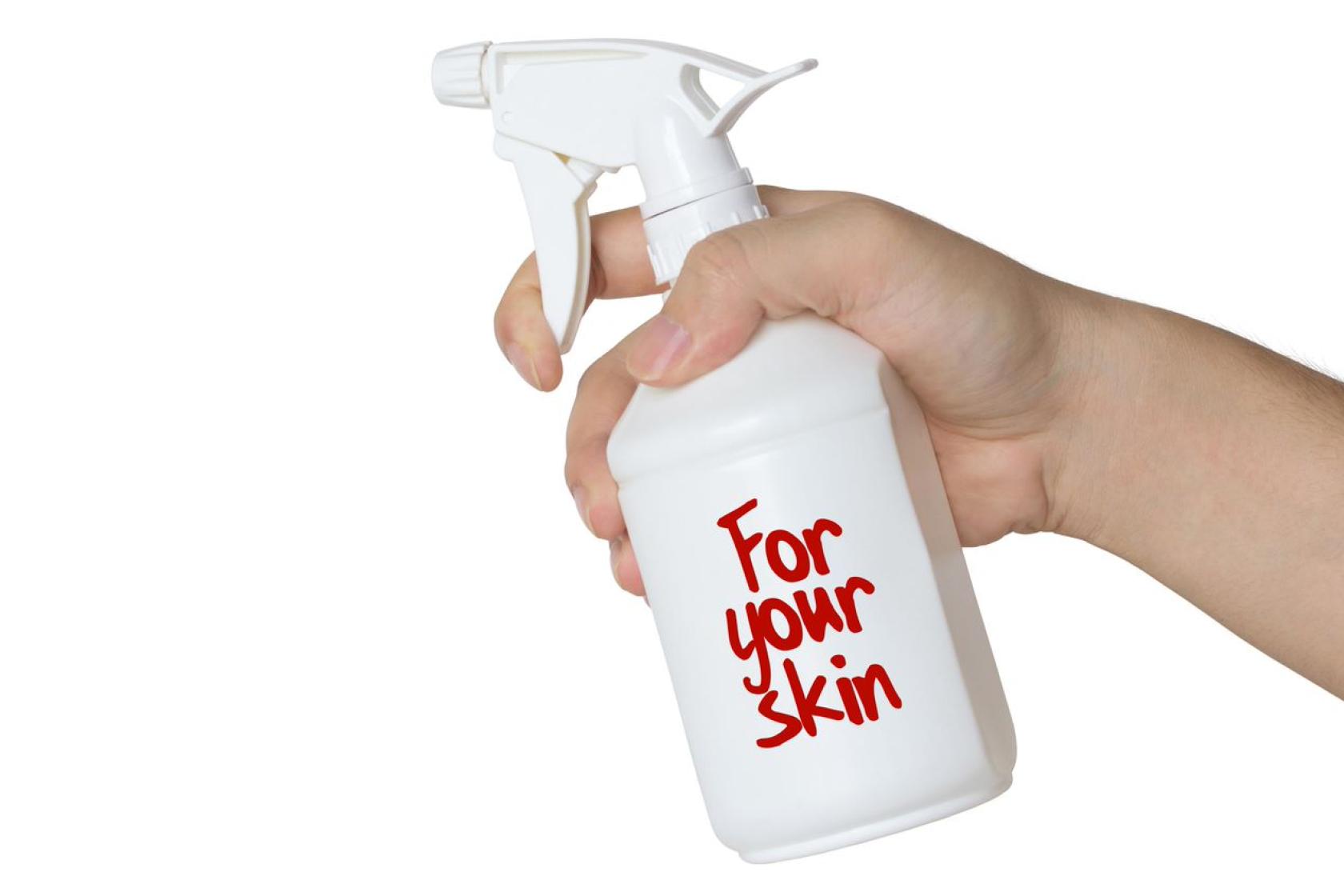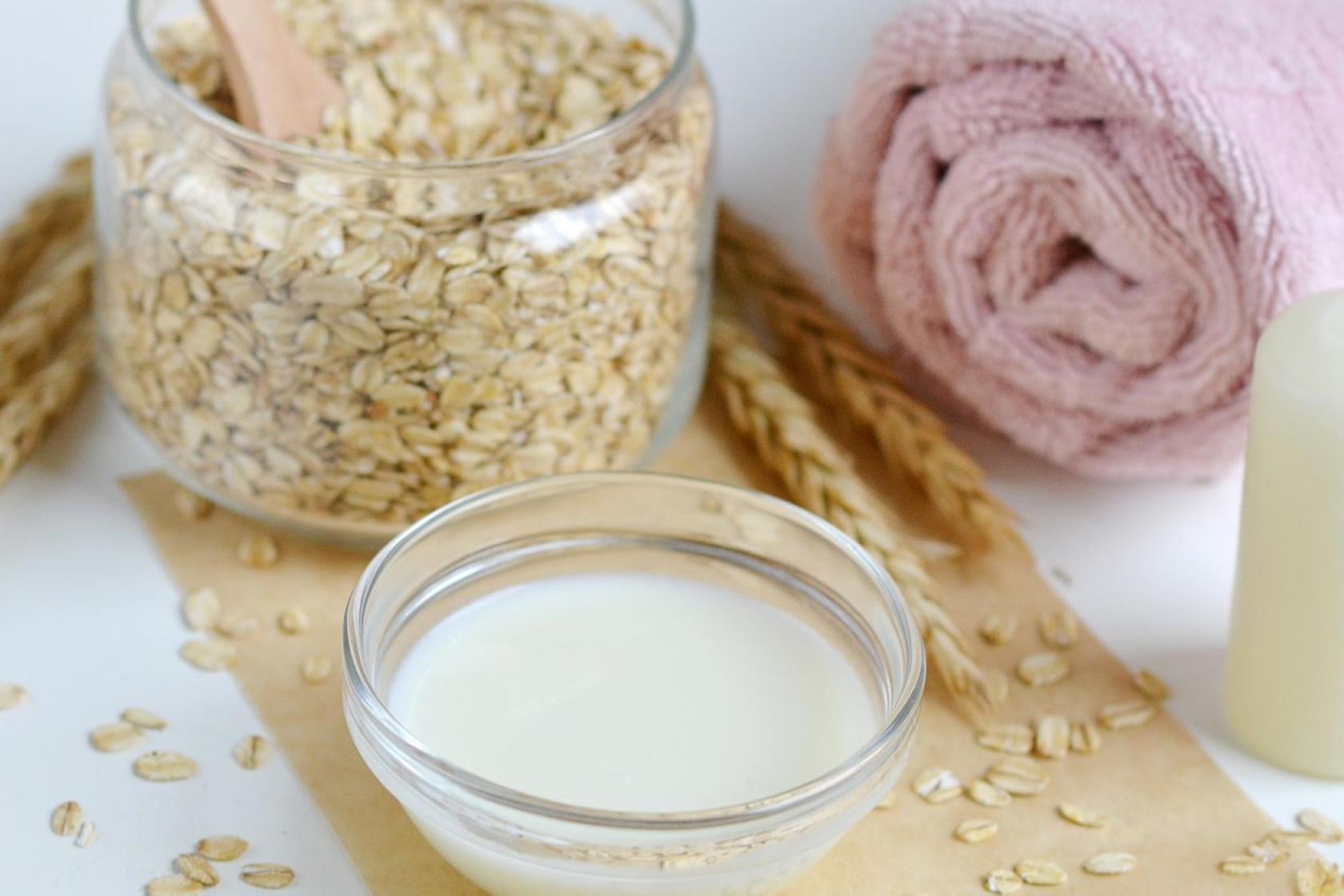

Leaves of 3? Let them be!
A part of nature

Ah, nature! The birds are singing and there is no place you'd rather be than right here, enjoying a morning hike in the woods. As you pass through this wilderness paradise, you feel the forest greenery gently brush against your bare skin. Then, the next day, as you fondly recall your outdoor adventure, a new sensation begins to pull you out of your dream-like state: a nasty itch.
You reluctantly look down to find a rash of scratchy, red blisters covering your ankles and calves. Doggone it! You’ve run into poison ivy, or maybe it’s poison oak.
Where it’s found, what it looks like
Poison ivy and poison oak can be found anywhere and everywhere in the great outdoors. While it grows in most wilderness settings you can find it just as easily in backyards and neighborhoods, thriving in sun and shade.
Both poison ivy and poison oak have clusters of three leaves: ivy’s more pointed and poison oak resembles an oak leaf with round, serrated edges. Both are green in the summer and turn red in fall.

Urushiol and you

A bit of trivia: The itchy rash you get when you encounter either of these plants can take anywhere from a few hours to a few weeks to appear and is caused by an oil called urushiol. If you are exposed to urushiol, wash the affected area with a degreaser like dishwashing soap to minimize the effects.
Fortunately, the rash you get isn’t contagious. But beware: urushiol remains on clothing and other surfaces and can cause another rash if you come into contact with it. In fact, it can remain potent for years. To remove it, wash clothes separately from other laundry and wipe down non-laundry items with rubbing alcohol.
Take that, poison ivy!
These poisoned plants don’t have to put a damper on your idyllic wilderness romps or unnecessarily keep you indoors.
- Make sure clothing covers any exposed skin before venturing out.
- Stay on cleared pathways as much as possible.
- Know what they look like—and steer clear!

You may be out of the woods, but...

While your urge to scratch might feel unbearable, doing so could lead to an infection—which would be even worse.
To help you get past the itch, apply calamine lotion or hydrocortisone cream to the affected area. Wet compresses and oatmeal baths can help, too. And taking your mind off it can’t hurt either, so spread out on the couch, and call a friend or re-watch your favorite movie!



